
Archives
Contribute
| India Classical Period (700BCE-200BCE) – Art And Culture |
Dr. Krishnakali Dasgupta
04/01/2021
References: Sanskrit, Pali Terms Kappasikam
(cotton), Kosseyam (silk), Khoman (linen) Dantakara (Ivory
worker), Kammakara (metal smith) Natas
(actor), Nartakas(dancer), Gayakas(singer), Vaitalikas(bard), Mayakaras
(magician), Langhikas (acrobat), Kumbhathunikas (drummer) Nataka
(plays), Pathya (musical theatre), Samajja (plays on circular stage),Stree preksha
(women’s theatre). Veena
(lute), venu (flute), mridanga (percussion) ------------------------------------------------------------------------------------------ Dr. Krishnakali Dasgupta leads the Art and
Culture track in India Discovery Center's project on "Evolution of Indian
Culture: Pre-history to 1947AD" More information and updates on the project are
available at https://www.facebook.com/Evolution-of-Indian-Culture-An-IDC-Project-107749391111922 More information on India Discovery Center is
available at https://www.indiadiscoverycenter.org 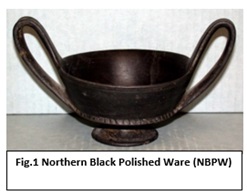
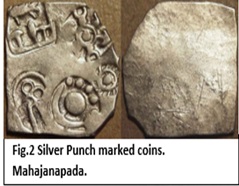
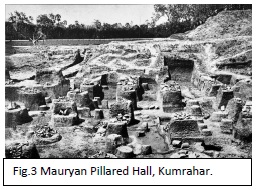
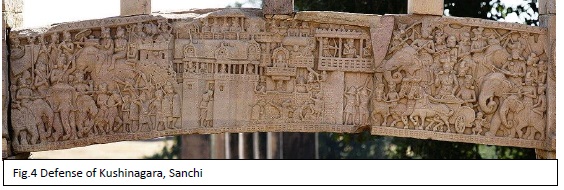
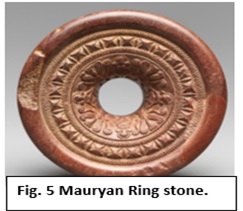
Pali and Jain literature mention theatrical and musical performances at royal courts, fairs, and festivals. The actors, dancers, bards, musicians, drummers, acrobats, and magicians traveled from villages to towns. Jatakas mention plays, musical theatre, plays on open circular stage and even ‘women’s theatre’. Plots of these folk theatres inadvertently recorded actual historical events later recovered from Sanskrit plays, like Chandragupta Maurya’s victory of Magadha (Vishakhadatta’s ‘Mudrarakshasa’). Panini mentions Nata-sutras (performance manual) authored by Shilalin and Krishshva, as well as famous Veena, venu, mridanga players. 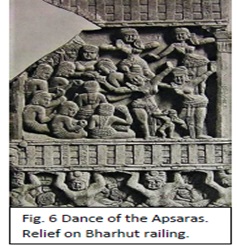
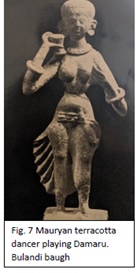
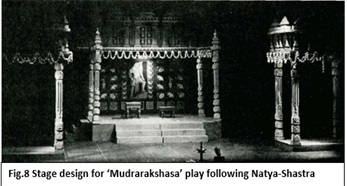
Earliest stupas were a simple brick hemispherical dome placed on a circular base, crowned with a square box and a Chhatri (umbrella). Some featured a railing or wall. The jewels of Mauryan art and craftsmanship are the innumerable intricately designed stone rings and monolithic free standing sandstone pillars called the Dhamma stambha (Pillar of Dhamma) of Ashoka, consisting of a long polished columnar shaft (some with edicts), and a capital of mostly a single animal seated on a circular abacus with an inverted lotus below it. This design has Greek and Persian influence. Stone surfaces of the pillars, rock cut cave walls, monolithic Stupa railings, carried the smoothened metallic shine of the famed Mauryan polish technique. 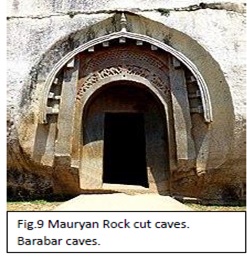
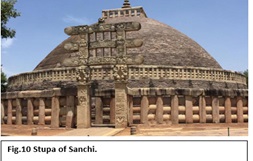
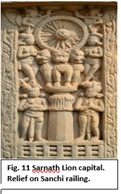
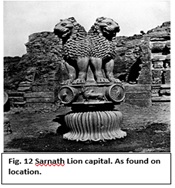
1. A
History of Ancient and Medieval India. Upinder Singh. 2018 impression.
2. The
Wonder that was India. A.L. Basham. 3rd edition.
3. The
Civilisation of India. R.C. Dutt.1995
4. INDIA.
An Archeological History. Paleolithic History to Early Historic Foundations.
D.K, Chakrovarty. 2nd Edition.
6. The
archeology of early historic South Asia. F.R Allchen. 1995.
7. Ancient
Indian and Indo-Greek theatre. M L Varadpande. 1981
8. Epic
India or India as described in The Mahabharata and The Ramayana. C.V. Vaidya.
1097.
You may also access this article through our web-site http://www.lokvani.com/












